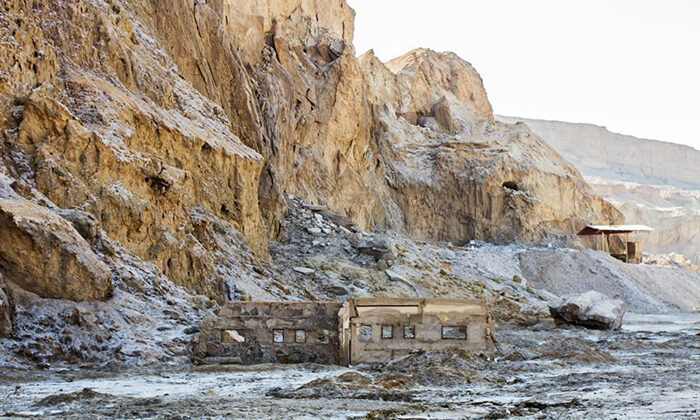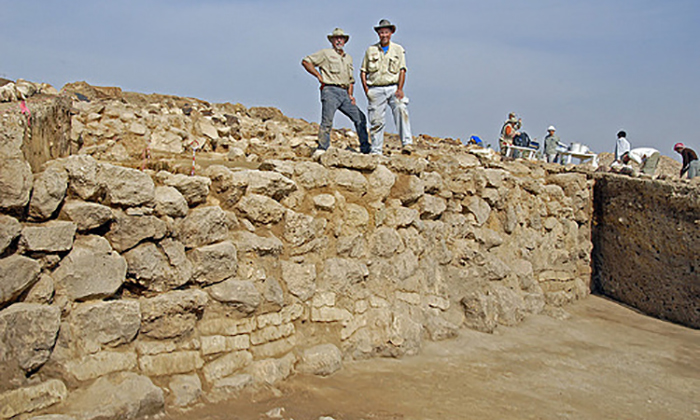
The foot of Mount Sodom, near the plain where the Biblical city of the same name may have been destroyed. GETTY
By Aaron Sseruyigo & News Agencies
An archaeological team headed by Prof. Steve Collins of Trinity Southwest University, New Mexico unearthed what they believe could be the ruins of the biblical cities of Sodom and Gomorrah, Christian Today reported.
This was after a decade of digs at the site of Tall el-Hammam, located eight miles northeast of the mouth of the Jordan River as it enters the Dead Sea.
Using the Biblical geography of Genesis 13 as a guide, Collins and his team reportedly found widespread evidence of an intense conflagration across Tall el-Hammam, that left the Middle Bronze Age city in ruins.
They reportedly found scorched foundations and floors buried under nearly 3 feet of dark grey ash, as well as dozens of pottery sherds covered with a frothy, “melted” surface.
For Collins, the glassy appearance indicates that they were briefly exposed to temperatures well in excess of 2,000 degrees Fahrenheit, the approximate heat of volcanic magma.
“Tall el-Hammam matches the description of the area where Sodom was located according to the Bible,” Collins said, according to Christian Today.
“It was said to be the largest city east of Kikkar,” he continued. “So, I came to the conclusion that if one wanted to find Sodom, one should seek the largest city that existed in this area during the Bronze Age, in the time of Abraham.”
“When we explored the region, Tall el-Hammam was an obvious choice, as it was five to ten times larger than the other Bronze Age cities throughout the region, even those found beyond Jordan.”

According to Mr Collins, the huge city was abandoned under mysterious circumstances at the end of the Bronze Age, possibly after an earthquake.
He said: “It became an uninhabited wasteland for over 700 years but then, after those seven centuries, it started to flourish again – as indicated by the huge iron gate that leads into the city.”
According to the Bible, the men of Sodom ‘were wicked, such sinners against the Lord, He decided to destroy them’. God allowed Lot, the one good man living there, to flee the town with his family, before God showed his wrath. But Lot’s wife disobeyed God’s warning not to look back towards Sodom as she fled, and she was turned into a pillar of salt, where she stood.

The destruction of Sodom and Gomorrah, by Jules-Joseph-Augustin Laurens (1825-1901).
For the wicked people of Sodom, not even that escape was open to them: soon the Lord showed his displeasure, and ‘rained down fire and brimstone… He destroyed everyone living there and everything growing in the ground’.
See the article, Making the Case for Sodom for more information, including additional images, about the excavations at Tall el-Hammam. In addition, a detailed report of the 10th season of excavations can be accessed here.

